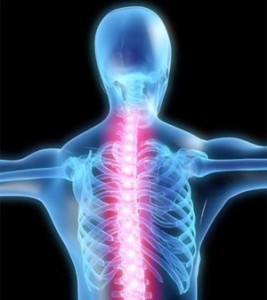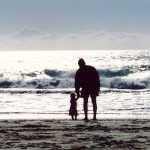Anyhow this morning one of the members posted the following “This is very interesting – says 78 of 81 people recalled upper cervical trauma before the onset of MS and Parkinsons Disease that were receiving chiropractic care.. I know I also had this happen to me prior to onset as well.. What about you?”
You can read up a bit more on the research written by Dr Erin L Elster DC in an article called “Eighty-One Patients with Multiple Sclerosis and Parkinson’s Disease Undergoing Upper Cervical Chiropractic Care to Correct Vertebral Subluxation: A
Retrospective Analysis”. You can read the article on Dr Lister’s site.
So our question is pretty much the same a Ms Cilders – what about you?
As a point of information the Upper Cervical Spine is defined by the eChiropractic site as “two bones, the Atlas, (C1) and the Axis, (C2) at the top of the neck. Much of your nervous system passes through this vital area. This area is also the most movable area of your spine. Because of this, subluxations in this crucial area are very common.Since this area is in such close proximity to the brain, subluxations here can result in an alteration to a large variety of body functions. Much of the body’s nervous system messages flow past this point. This means that very large areas of the body are supplied by the nerves that pass through or near here.” There is more information on their site.
To facilitate this we have set up a short poll and it would be great if you could take part. If you would like to share more please use the comments box below.
Many thanks in advance.


